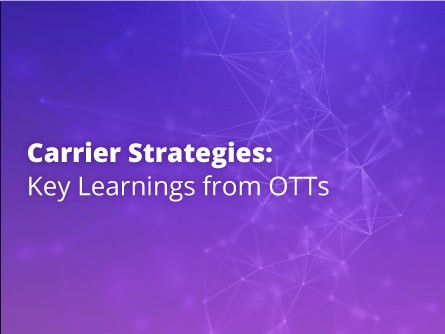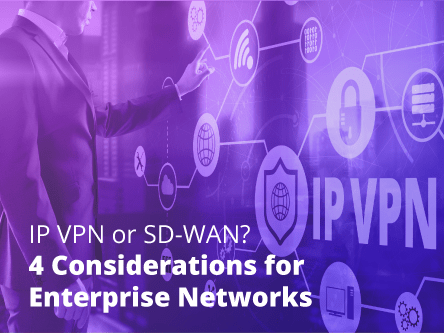Carriers can learn a lot from looking at the business models of their more agile competitors. OTTs, for example, make a virtue of owning the minimum amount of fixed assets they can get away with. Their priority instead is on reaching out to the customer with their application by the speediest and most effective means possible. Outsourcing is the starting point for all of their connectivity decisions.
The modus operandi for OTTs and other disruptive players is to use an outsourcing relationship to connect them with as many service providers as possible, reducing their time to market in a space where product lifecycles are short.
Their strategy is to buy networking resources with ease, and be able to turn them up or down in the most flexible way possible. In a challenging and very competitive market they know they need to be able to adjust very easily or get lost in the mix.







